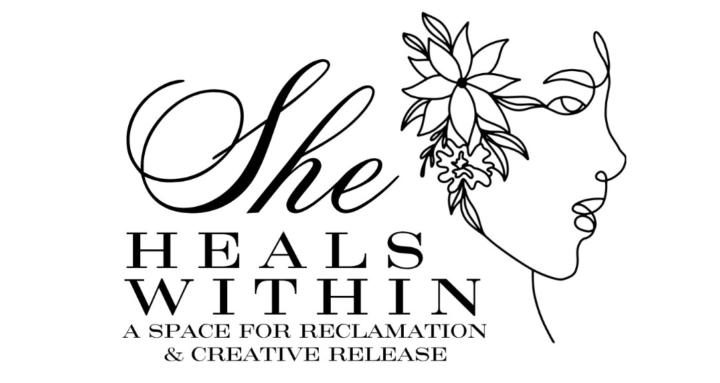Aug 22 • Tools for Healing
🔟 Healing Tools & Techniques to Support Your Journey Forward
1. Mindful Art Journaling
What it is: A blend of visual art and emotional reflection.
How to use it: Take 10–15 minutes a day to draw, paint, or collage how you're feeling, followed by a few sentences about your emotional state. Use this as a daily check-in tool to reconnect with yourself.
2. Somatic Grounding
What it is: A trauma-release technique that brings awareness to the body to calm the nervous system.
How to use it: Place one hand on your chest and one on your belly. Take deep, slow breaths while focusing on the physical sensation of your body being supported by the chair or floor. Use this during emotional overwhelm or anxiety.
3. Emotion Wheel Painting
What it is: A DBT-based creative practice to identify and externalize emotions.
How to use it: Look up an “emotion wheel.” Pick one emotion you’re feeling and create an abstract painting that visually represents it. Reflect afterward: What is this emotion asking of me?
4. Distress Tolerance Kit
What it is: A collection of calming items and activities that soothe you during emotional crises.
How to use it: Fill a small box or bag with things like calming essential oils, comforting textures, a photo of someone you love, affirmations, or a worry stone. Use your kit anytime you feel emotionally flooded.
5. Creative Release Letters
What it is: A trauma-processing writing technique that helps you express emotions toward people, experiences, or parts of yourself.
How to use it: Write a letter to someone (you don’t have to send it). Allow yourself to say what was never said. Then rip it up, burn it (safely), or transform it into art. This symbolic act creates emotional release.
6. DBT “Wise Mind” Practice
What it is: A core DBT technique for finding balance between emotion and logic.
How to use it: Close your eyes, take a breath, and ask yourself: What is my Emotion Mind saying? What is my Reasonable Mind saying? What does my Wise Mind know? This can be done daily when facing decisions or internal conflict.
7. Trauma-Informed Body Movement
What it is: Gentle, intuitive movement that allows stored trauma to release.
How to use it: Put on calming music and let your body move however it needs — stretching, swaying, shaking, dancing. Keep the focus on *feeling* over performing. Do this when you're stuck or dissociating.
8. Affirmation Art
What it is:Using creativity to rewire negative self-beliefs.
How to use it: Choose one positive affirmation (e.g., I am safe. I am enough.). Write it out using color, collage, or illustration. Place it somewhere visible. Repeat it daily, letting the art anchor your healing.
9. TIPP Skills (DBT Crisis Tool)
What it is: A DBT technique to quickly shift your emotional state.
How to use it: TIPP stands for:
*T*emperature change (splash cold water on your face)
*I*ntense exercise (30 seconds of jumping jacks)
*P*aced breathing
*P*rogressive muscle relaxation
Use this in moments of panic, anger, or distress.
10. Inner Child Reconnection
What it is: A trauma-informed practice of nurturing your younger self.
How to use it:Choose a photo or memory of yourself as a child. Create something for her — a drawing, a card, a poem. Speak lovingly to her. Ask: What does she need to hear? This helps heal emotional wounds at the root.
1
0 comments

skool.com/she-heals-within-5452
✨ I guide & support women in releasing trauma & finding inner freedom through expressive abstract art, self-discovery & deeper self-connection growth.
Powered by
